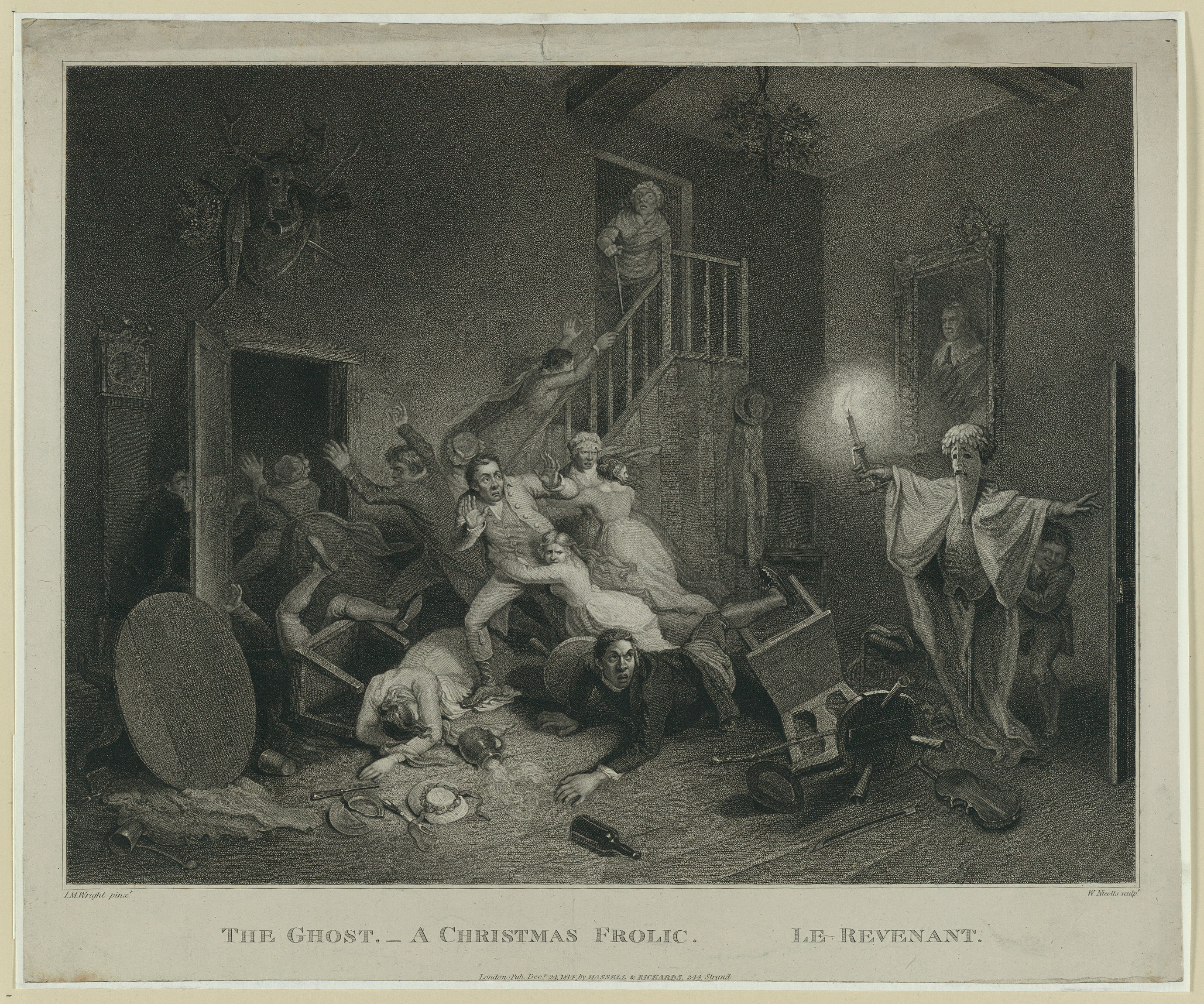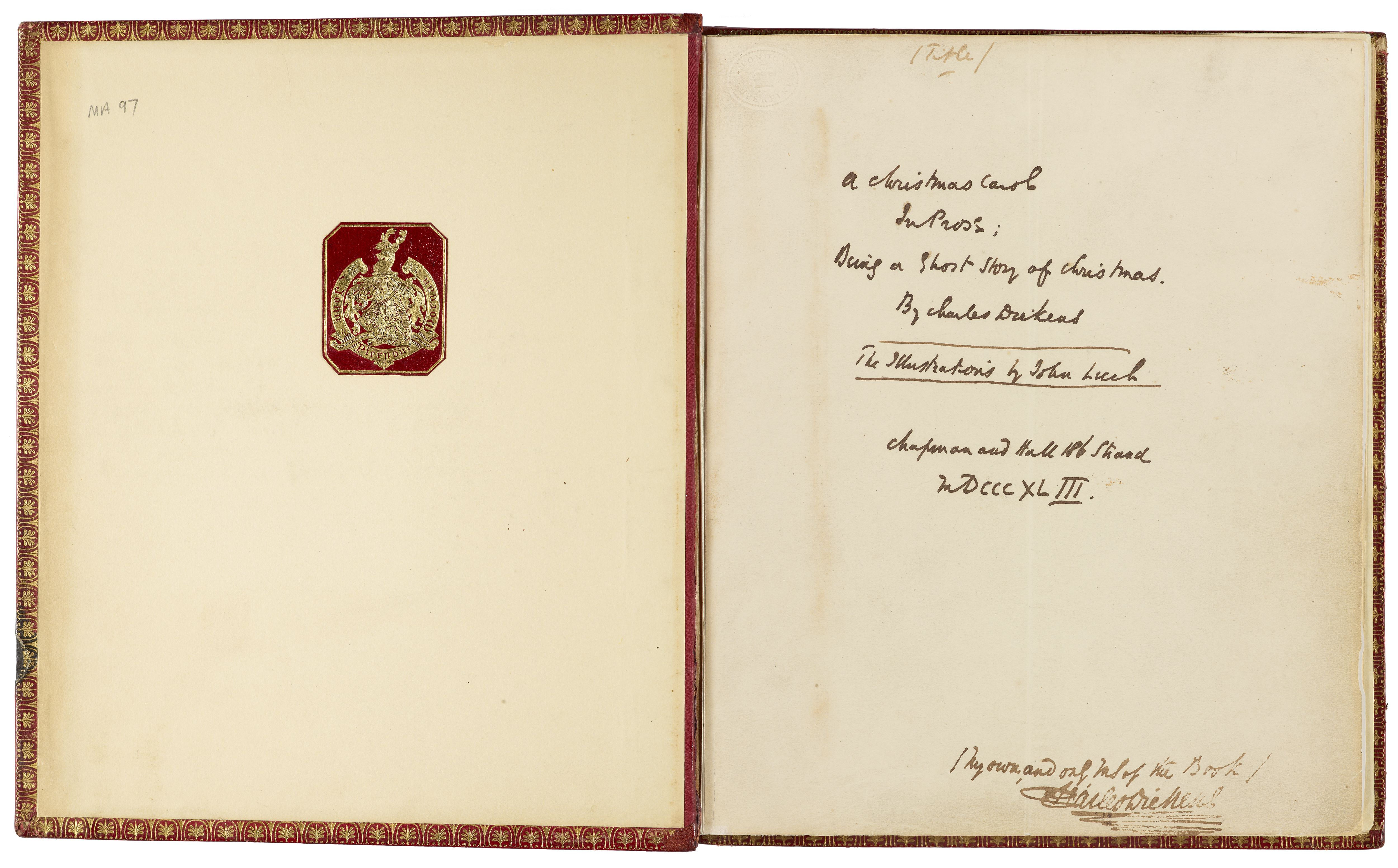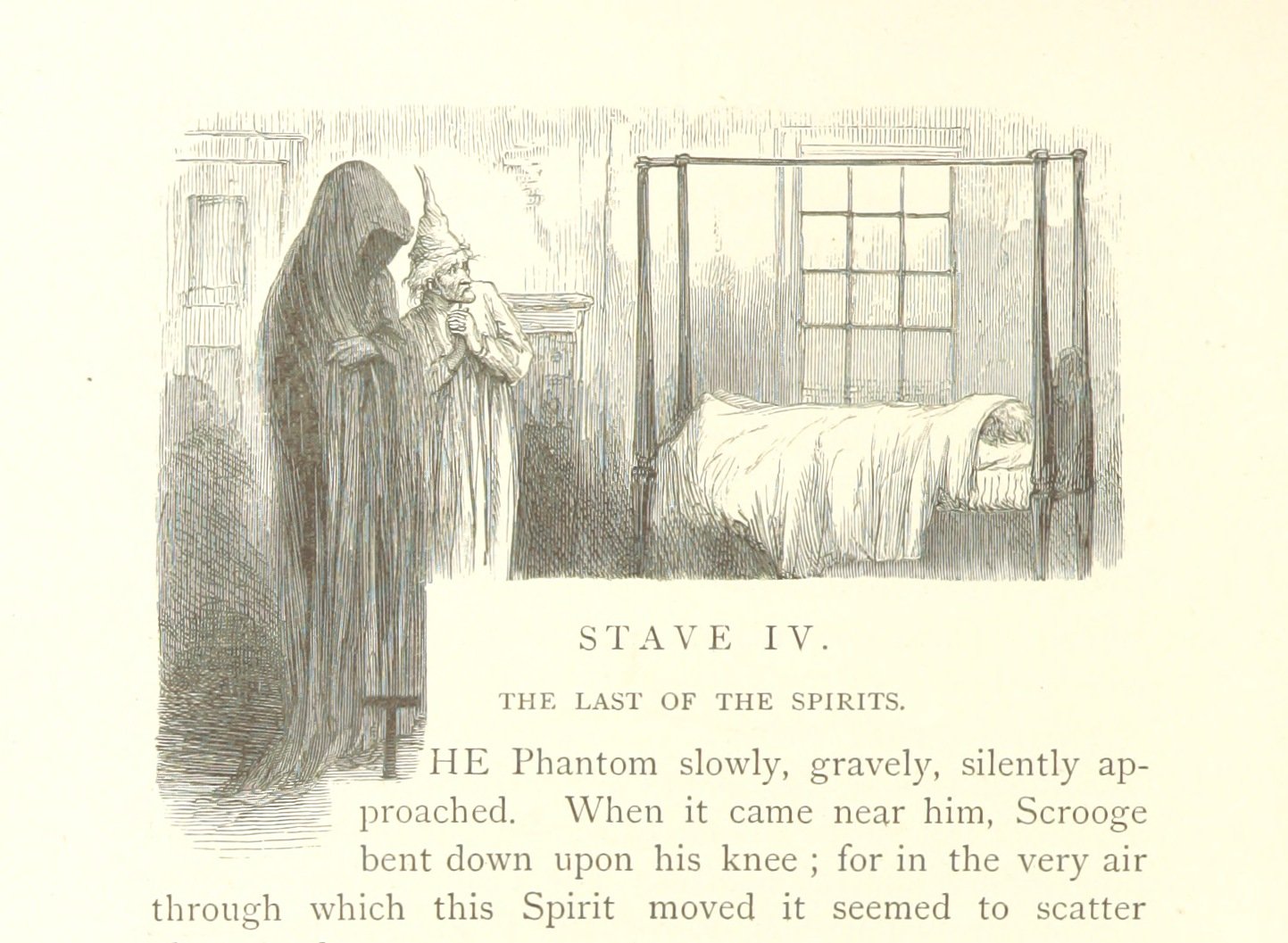There is no shortage of holiday traditions to get us through those long, winter nights. From hanging mistletoe and stringing lights, to singing Christmas carols and searching for the year’s ugliest sweater, there are few things more enchanting than the customs we’ve grown up with.
These holiday staples may change from country to country, culture to culture, and even generation to generation, but the season of giving has one thing in common no matter where, or how, you decide to celebrate it—it brings people together.
While that could mean a lot of things, there was once a time when people spent Christmas Eve doing more than just baking cookies or binging holiday specials. Something that may now seem out of place.
Telling ghost stories.
Ghost stories? We know, it’s hard to imagine, especially in a world where there is already a day set aside for telling spooky tales. But, believe it or not, a Christmas night full of holiday frights was once one of the most popular ways to celebrate the season.

Even today, as ghosts and ghouls have given way to reindeer and elves, traces of this tradition can still be found in popular culture, especially when it comes to those holiday classics that have survived the test of time.
Take for instance the crooner Andy Williams’ hit single “It's the Most Wonderful Time of the Year,” where ghost stories take center stage as one of his most anticipated holiday traditions.
“There'll be parties for hosting
Marshmallows for toasting
And caroling out in the snow
There'll be scary ghost stories
And tales of the glories of
Christmases long, long ago”
This is just one example of how this terrifying tradition has lasted, but there was once a time when telling ghost stories was not only accepted, it was expected, and a holiday shindig would be a bust if someone didn’t pull up close to the fireplace and spin a yarn for the rest of the revelers to enjoy.
Of course, with the rising popularity of Halloween over the last century, taking the reins of all things ghoulish and ghastly, it’s no surprise that this once popular tradition has started to lose its roots as a Christmas staple.
Regardless of whether you choose to celebrate the holiday season with hair-raising ghost stories, or tend to hang more with the hot cocoa and Yuletide jingles crowd, it’s clear that the Christmas season and the telling of ghost stories have shared a lasting relationship.
But where did the tradition come from?

The tradition of telling ghost stories during the holidays is centuries old and has been a mainstay of cold, snowy nights long before Christmas ever made it onto a calendar. In fact, it dates all the way back to the time of the Pagans.
Deep into the winter months, Pagans celebrated the Solstice with a festival known as Yule, a celebration with many traditions that were later adopted by the newly established Christians, who added their own dogmatic beliefs until the holiday evolved into something more like the Christmas we know today.
Ghost stories, which were far more fact than fiction in the eyes of the Pagans, became an important part of the Winter Solstice, a time when they believed the boundary between life and death became thin, and the souls of the dead could freely step between the two worlds.
One such tale told of a ghostly procession of soul hunters, known as the Wild Hunt, that flew across the sky on horseback during the longest nights of the year. This paranormal parade was deeply feared, and many claimed that war and plague was sure to follow after them.
This Pagan tradition did not end with the age of Christianity, as many of their stories were altered to better fit the new world. Winter themes of death, rebirth, and things that go bump in the night persisted, as did their telling on the eve of the Christmas festival.
These traditions continued on for many centuries until the Industrial Revolution led to a lull in Holiday cheer, and many years of cold, overworked holidays. It wasn’t until well into the Victorian Era in England that the tradition returned, along with many other Christmas trappings, new and old, that would eventually become the commercial enterprise we now recognize.
Perhaps the most famous storyteller to put Christmas ghost stories on the map is the man who has come to represent much of the literary tone that made the Victorian Era what it was—Charles Dickens.

When it comes to famous Christmas ghost stories, you can’t do much better than A Christmas Carol by Charles Dickens. From its adaptations in the form of books, movies, plays, and musicals, this touchstone tale has been the highlight of many family holidays since it was first published in 1843.
Through the gloomy miser Ebenezer Scrooge, his dead business partner, Jacob Marley, and the Christmas ghosts of the past, present, and future, Dickens resurrected and glorified a tradition that had nearly been lost to the de-romanticization of industrial progress.
Dickens himself was a big supporter of the Christmas ghost story, and his addition to the tradition comes as no accident. As editor of the popular magazines Household Words and All the Year Round, he wrote, edited, and published numerous spooky tales around the holiday season.
Though he was hardly the first to make this association, it was Dickens who popularized the custom in Victorian England, putting ghost stories back into people’s homes on Christmas Eve and leading the way for the tradition to take an even stronger hold in the years to come.
In fact, ghosts still haunt the holiday halls of England today, despite their unusual absence in modern America’s Christmas culture.

It seems that, as Dickens was doing his thing, the Puritans in America were doing the complete opposite, frowning on folklore and the supernatural, and taking the fun out of most religious holidays.
Because of this, many traditions were lost in the transition to the New World, ghost stories included. And now, most Americans keep their ghosts, ghouls, and all things ghastly locked up tight, letting them out only on that one wonderful night in October—Halloween.
For better or worse, it seems that the growing popularity of All Hallow’s Eve is what led to the decline of the Christmas ghost story, leaving it only to be remembered by holiday jingles and old, black and white movies.
But it hasn’t always been this way, as we’ve seen, so next time you’re invited to grandmas for Christmas, or find yourself standing in the corner at your office’s holiday party, think back on what the Pagans and Dickensians stood for, and try turning out a terrible tale of your own.